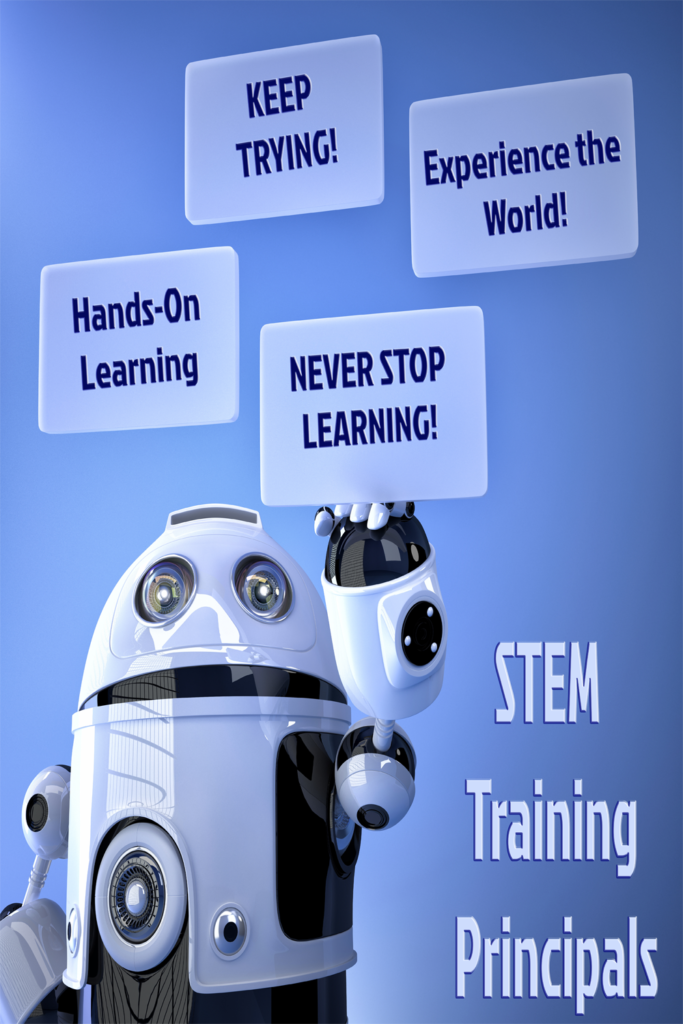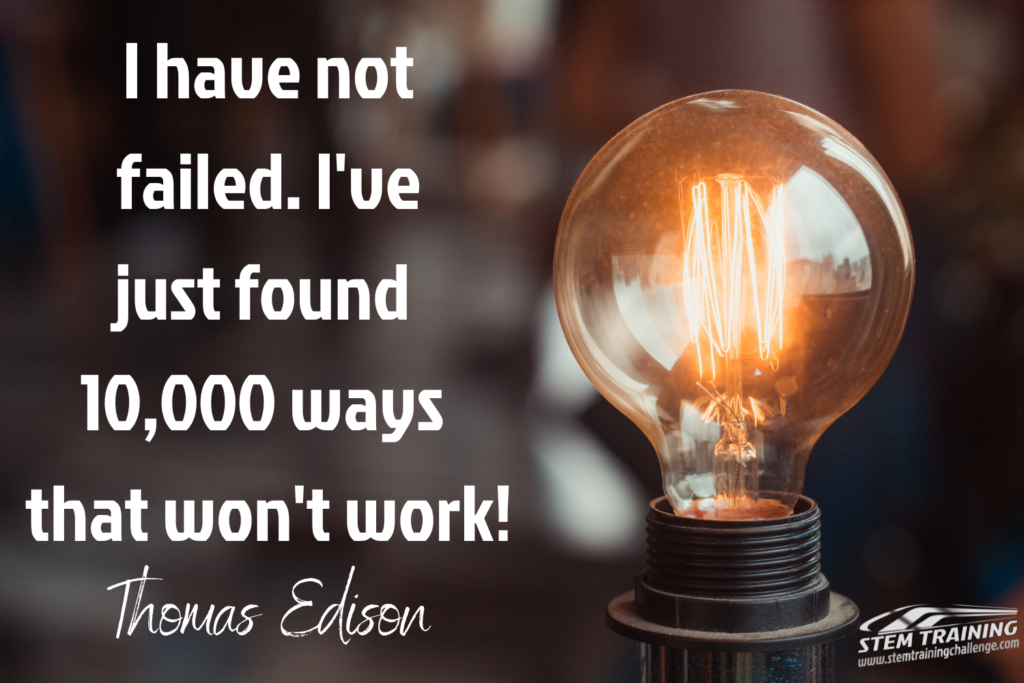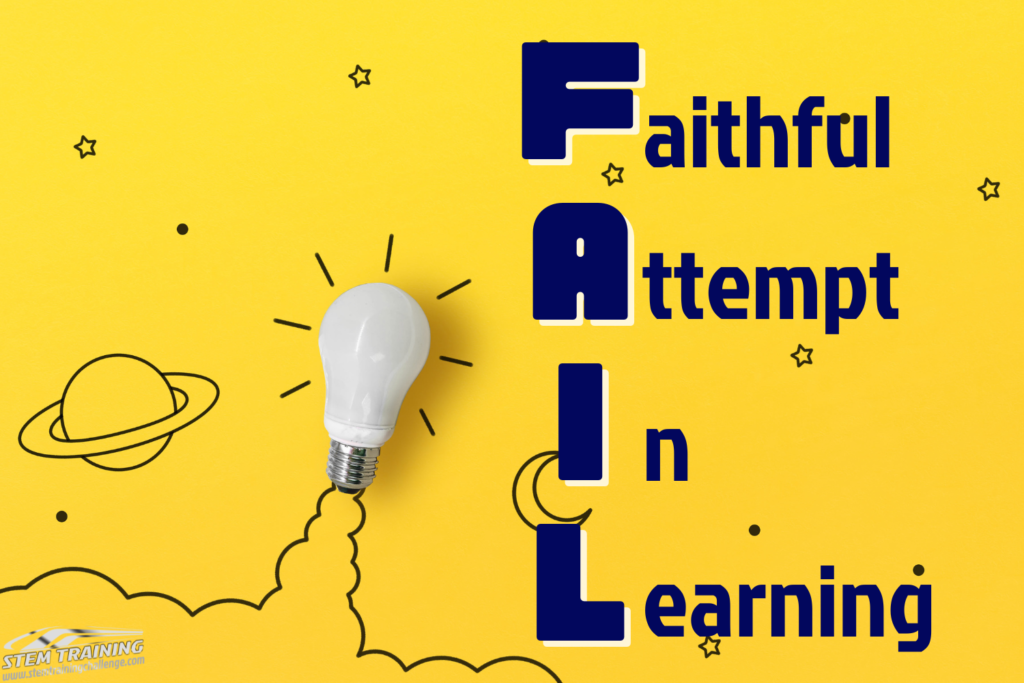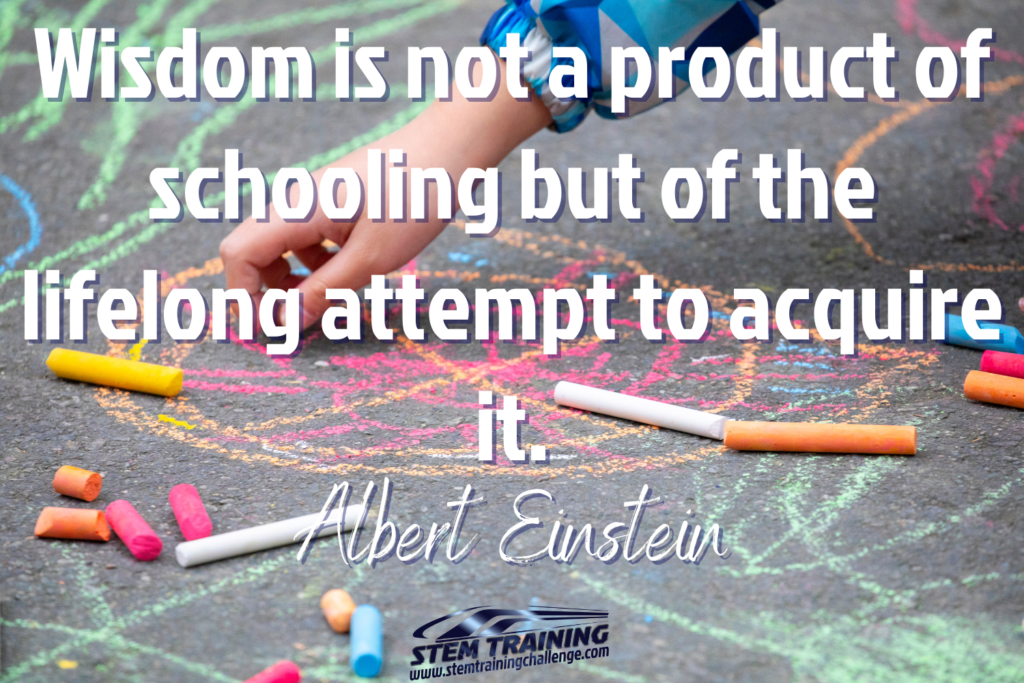
What to do with an Edison?
In my previous blog post, ‘Do you have an Edison in the house? ‘, I looked at the characteristics of an Edison kid. If you could relate to the post, you may be asking, “What do I do now?”.
Yes, you love their spirit, but if your child unscrews the bedroom door from the hinges again to see what will happen, you might scream. (To answer your question, yes, that did happen, and I have the video to prove it.)
There is hope!
Firstly, we can look at how an ‘addled’ little boy, who was not welcomed at school, became one of the greatest inventors and innovators ever.
The key to Edison’s success was Nancy Edison, his mother. When asked about his mother, he famously said, “My mother was the making of me. She understood me; she let me follow my bent [interests]”. Mrs. Edison is an excellent example of how to cultivate the mind of an Edison. Above all, we need to adopt the same mindset that she developed towards her son that allowed him to excel.
Edison Muckers described the four simple principles that Nancy Edison taught her son to live his life by:
- Never get discouraged if you fail. Learn from it. Keep trying.
- Learn with both your head and hands.
- Not everything of value in life comes from books – experience the world.
- Never stop learning. Read the entire panorama of literature.
I have adapted Nancy’s approach to create the Four STEM Training Principals. This is the core of everything we do and believe education show be.

- KEEP TRYING!
- Hands-On Learning
- Experience the world!
- NEVER STOP LEARNING!
KEEP TRYING!
I tell my boys constantly, “A MISTAKE IS ONLY A MISTAKE IF YOU DON’T LEARN FROM IT! THEN IT’S A LESSON!” I love the attitude that Nancy instilled in her son, to not let failure discourage you. His famous quote is,

Without an attitude like this, we would never have seen the incandescent light bulb in our homes. Persistence is a lost art.
It’s very easy, as parents, to try to ‘soften the blow’ with our kids. We don’t want them to struggle, we don’t want them to fail, and we don’t want them to be disappointed. We want everyone to have a trophy and feel special and valued. However, we have sacrificed the development of the character qualities that learning from our mistakes instills in us.
So allowing our kids time to experiment and FAIL, yes, I said that horrible four-letter word, is essential. So give them opportunities to do it. Turn them loose with the robotics kit or the science experiment. Step back from the kitchen table and watch. Failure IS an option, as long as we can get back up and try again!

We need to develop PERSEVERANCE in our kids. It’s okay to set a standard a little higher than they can achieve sometimes and then encourage them to keep going if they don’t achieve it.
Hands-On Learning!
Nancy Edison was a pioneer and ahead of her time regarding her hands-on learning approach.
Tell me, and I forget, teach me, and I may remember, involve me, and I learn. Ben Franklin
Oh, the words of Mr. Franklin are so true. I recently met a college graduate, and she told me that as a Chemistry major, she had only personally conducted three experiments in her whole educational career. Therefore, all the learning that culminated in that diploma was theoretical. As a result, we have taken such an emphasis away from hands-on learning in favor of lectures. Sit still and listen to me tell you about this subject or that subject. Abstract should be left to the art world, not applied to learning and education.

When we holistically involve children, they will grasp the concepts. For example, Nancy Edison gave Thomas a science book, and then she turned him loose to experiment. Basically, Edison kids need to be hands-on; it’s how their brains process information. In other words, we need to give them the stuff and step back. Yes, it’s going to be messy, and that is okay. Yes, it’s going to go wrong, and that is okay. But that’s how they learn to problem-solve and, yes, FAIL.
Books are wonderful, don’t get wrong, I am a book lover. When Nancy gave Thomas, A School Compendium of Natural and Experimental Philosophy, she would have done him a great injustice if she hadn’t also let him conduct the experiments within the book. Edison spent hours locked in his bedroom experimenting.
Please don’t misread this; Nancy was not the Patron Saint of Home Education Mess. There were only so many times she could handle the acid and chemical burns on the rugs in his room. In short, she banished his home education lab to the basement and prayed that he would not blow the house up.
Edison had big plans to use his motion pictures in the education system. First, he wanted to start a revolution by replacing textbooks with short motion pictures on every subject. In addition, he believed that textbooks taught in abstract and that if students could see the whole process, from start to finish, they would be able to understand the world around them.
“The child who takes this course is going to know processes. And we’ll show all the pictures so the subject will impress itself on the child’s mind. When he goes out to walk, I can tell you, he’ll see a million things in the grass and streets, and earth and sky and air, that he never dreamed of before.” T. Edison November 30th, 1921
I do believe this needs to progress further to hands-on learning. However, the visual demonstration of processes from the start to the end product is definitely a way to open up a child’s mind like never before.
Experience the World!
It isn’t always practical to ‘experience the world.’ However, I do believe that wherever possible, we need to make the opportunity of experience available. For example, I switched my middle son to a Lego math program to help him SEE the math as he was having some trouble understanding some of the concepts. Suddenly, it brought the world of mathematics alive to him.
One key thing that Nancy Edison didn’t do was replicate the school environment at home. It’s so tempting as a home educator to make our home look like a school. As a result, we set up a classroom in our house, and we set a schedule similar to the school day. We work our school days around the school district’s calendar. I know a few Mamas that have even got a little bell to ring.
However, Mrs. Edison didn’t do this, and I would encourage you to resist that desire to replicate school. Home Education is a learning lifestyle. We shouldn’t restrict ourselves to learning within the school calendar or timetable. My family focuses on year-round learning, taking the last week of the month off. School schedules are set up with educating the masses in mind. Following the school template limits our freedom as home educators.
When I got my first shiny box curriculum, the thing that hit me first was the schedule. We were following the 5-day schedule, and there was no room for flexibility. After I ordered the curriculum, we added a co-op that I hadn’t planned and quickly learned that trying to do school work at home was too much after a day of co-op. Then if we had a field trip as well, now I’m trying to squeeze a 5-day schedule into 3. I know families that will do school at the weekend to keep up, and to be blunt, stop! This doesn’t work.
Research shows that playtime is so important during those first 7 or 8 years of life. Sending kids outside to play unlocks something in their brain that leads to greater creativity later in life. If we have their schedules so tightly controlled, where is the room for imaginary play? A kid will learn more from spending the afternoon watching an ant colony they unearthed as they were digging a hole in the yard than if you sit and read a book to them about ants.
Finland has one of the best education systems globally, and they don’t start formal education of any kind until seven years old. It’s a topic I’ll discuss at another time, but we have to look at why our system isn’t working, and theirs is.
Never Stop Learning!
I think the saddest thing in the world is that we believe once a person receives a piece of paper, then their learning journey is over. Maybe that’s the fundamental paradigm shift that is needed in education. If we view learning as a lifelong activity, we wouldn’t be in such a rush to cram all our learning into the first two decades of our lives. Yes, our brains are ‘optimized’ to learn during those years, but we should never stop learning.
This is a motto for our family and my personal favorite of the Principals.
Reading is the foundation block of learning. Reading aloud to our kids, no matter their age, is a way to instill more knowledge. There are some fantastic resources to utilize, and honestly, this is how our family adds history and geography to our home education. Living history books and biographies bring to life history. Indeed, a well-written book can achieve the same outcome that Edison hoped for by adding motion pictures. For example, reading the biography of Thomas Edison brought his life and the world he lived in alive to us. It’s one thing to explain what the Telegraph form of communication was for, but it’s another when you hear about how it affected the people’s lives at that time. In short, history can only be successfully taught through living history and not a textbook of timelines and facts.
Nancy Edison had one arrangement with Thomas, when he took a job on the train to Detroit, that he spend the six-hour layover in Detroit reading books in the library. Edison complied and quickly read his way through the library, although he asked if he could forgo the books on less exciting topics.

When he eventually ran out of books to read, he set up a lab on the train so he would spend the 6 hours conducting experiments. This went well until he split some acids and burnt a hole in the floor of the Conductor’s carriage. Did I mention Edisons are messy kids?
Nancy’s approach to education laid a foundation that created a love for learning in Thomas and lit the fire inside him that spurred him on to become an innovator and inventor.
I wonder where our kids would go if we stepped away from traditional education and took a more child-centered, hands-on approach?
Listen to the Podcast
Available on Anchor, Spotify, Amazon, and Apple Podcasts.




